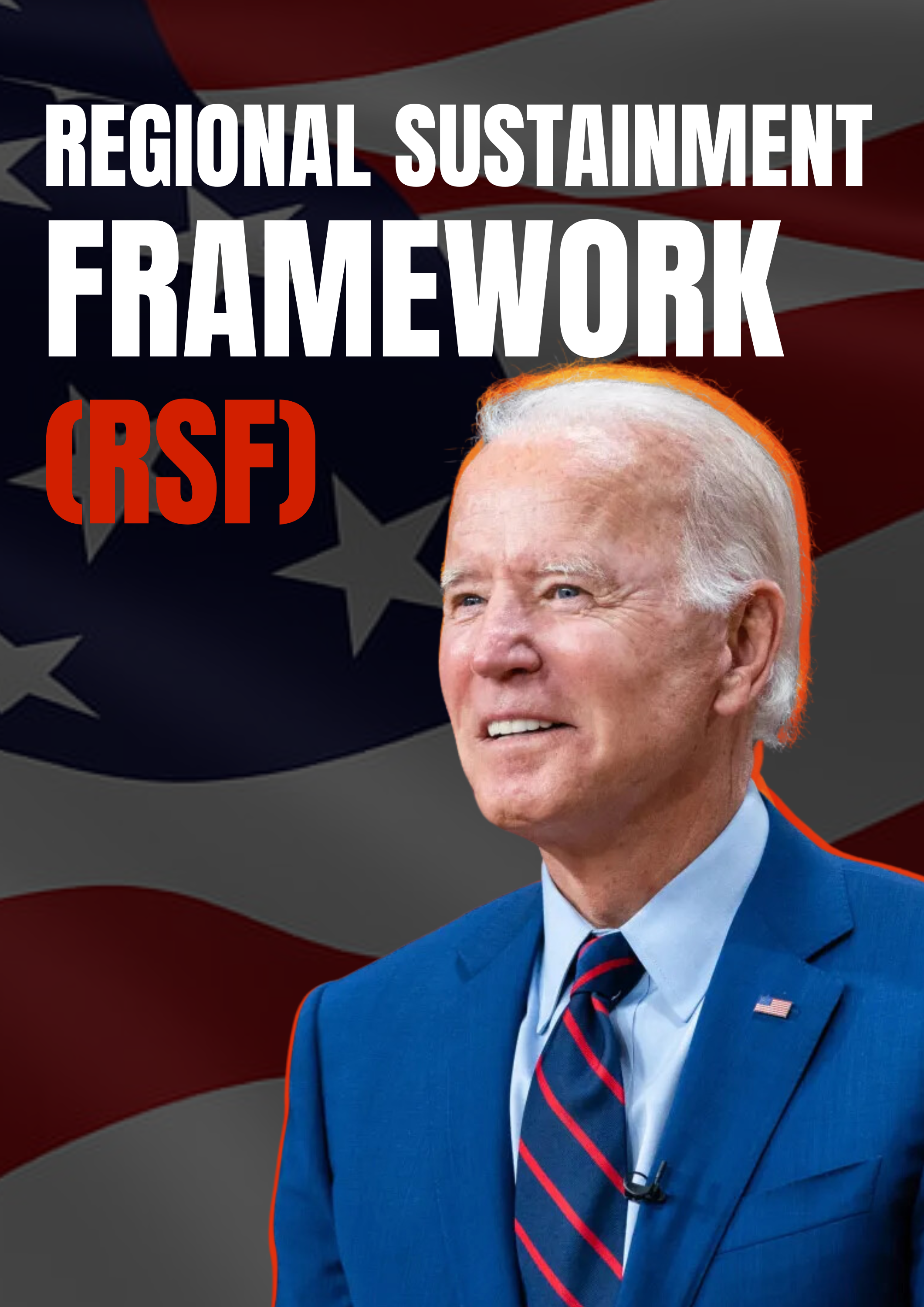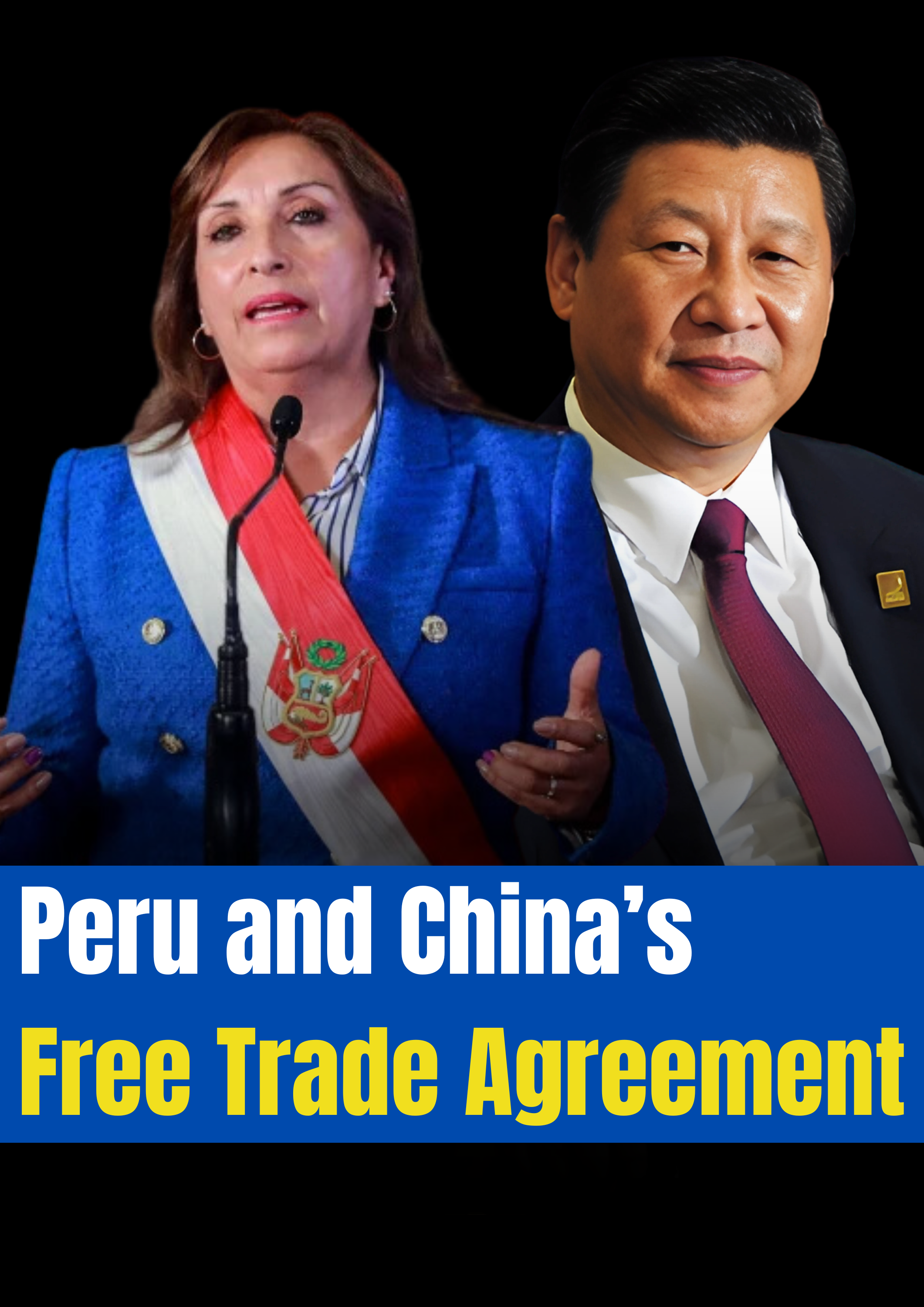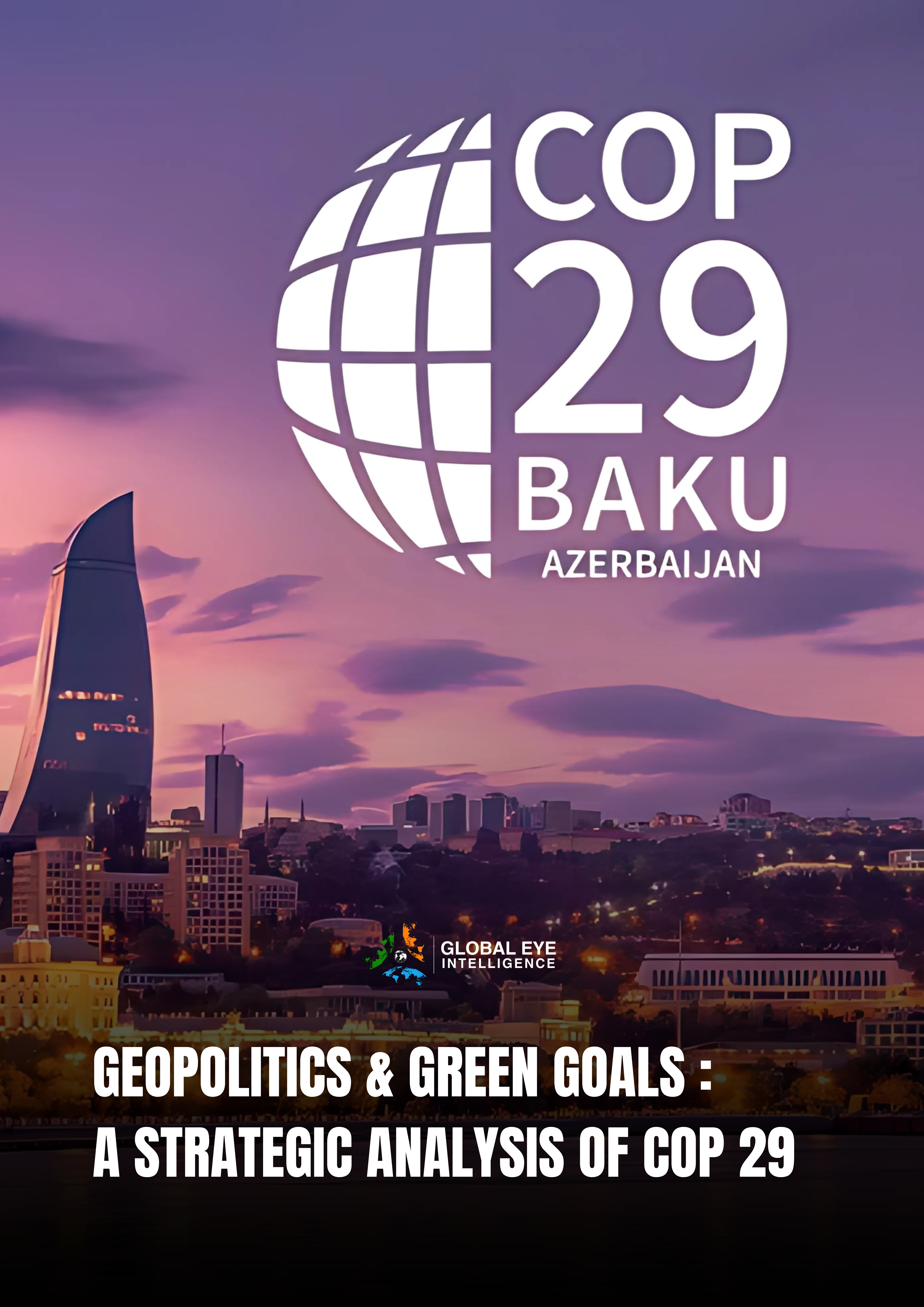
- Capital City: Tbilisi
- General Information Official Language: Georgian
- Currency: Georgian Lari (GEL)
- Population (2024): 3847247
Political Overview
Government Type
Presidential System
Key Leaders
- President- Salome Zourabichvili
- Prime Minister- Irkai Kobakhidze
Political Stability Index
-0.3 (2023)
International Alliances
- Council of Europe, OSCE, UN
Economic Overview
GDP (Nominal)
$24.6 billion (2022)
GDP (PPP)
$94.020 billion
Key Industries
- Tourism
- Agriculture
- Manufacturing
Top 5 Importers/Exporters
Exports: Wine (China, 20%), Mineral water (Azerbaijan, 15%), Processed foods (Russia, 10%), Chemicals (Armenia, 10%) Imports: Machinery (Türkiye, 25%), Petroleum products (Russia, 20%), Electronics (China, 15%), Vehicles (USA, 10%)
Social Indicators
Human Development Index
0.802 (2022)
Literacy Rate
99.57% (2022)
Life Expectancy
71.2 (2021)
Geopolitical Relevance
Strategic Location
Caucasus
Key Conflicts
South Ossetia Abkhazia
Border Issues
Russia
Military Strength
approx.- 37,000 Active Military Personnel Military Spending (%of GDP)- 1.7%
Related Posts
-

China’s Social Security System
Executive Summary China’s social security system has undergone significant reforms to address the needs of its vast and aging population. The system encompasses pensions, healthcare, unemployment benefits, and housing assistance. Key objectives include ensuring financial stability for retirees, expanding healthcare access, and supporting vulnerable groups. While strides have been made, challenges such as regional disparities,…
-

Shikoku Basin
Executive Summary: The Shikoku Basin region is of significant geopolitical and strategic importance located in the Pacific Ocean part of the Philippine Sea. It is surrounded by critical East Asian economies, including Japan, South Korea, China, and Taiwan, thereby increasing the significance of maritime and geopolitical dynamics in regional energy security and international maritime strategies.…
-

US-China Military-to-Military Communication
Executive summary The subject of U.S.-China military-to-military communication is central to global security dynamics. As two of the world’s most powerful nations, the United States and China maintain an intricate relationship marked by economic interdependence, geopolitical competition, and mutual security concerns. Military-to-military communication (mil-mil) has served as a mechanism to manage these complexities, reduce risks,…
-

Rome MED Dialogue 2024
1. Executive Summary: The Rome Mediterranean Dialogues is a significant global conference. In 2024, the MED community organised its 10th edition of the Dialogue on 25th–27th November. The conference brought together several world political and societal leaders for high-level discussions on the most critical issues of the wider Mediterranean. The theme of this year, “Positive…
-

An Analysis of the Māori Rights Bill and Its Implications for New Zealand
Understanding the Māori People The Māori people are the indigenous inhabitants of New Zealand (Aotearoa), descended from Polynesian settlers who arrived around the late 13th century in large canoes (waka). Their early settlements along the coasts involved hunting native birds and cultivating crops like taro and kūmara. Māori history is categorized into the Archaic period…
-

TRUMP’S CLIMATE AGENDA
1. Executive Summary: The return of Donald Trump to the presidency has revived a climate agenda focused on deregulation, fossil fuel expansion, and withdrawal from international climate commitments. Central to this agenda are policies aimed at scaling back renewable energy support, prioritizing oil and gas drilling, and reorienting environmental regulation. These measures are anticipated to…
-

Regional Sustainment Framework (RSF)
Executive Summary The Regional Sustainment Framework (RSF) is a strategic initiative by the U.S. Department of Defense aimed at optimizing Maintenance, Repair, and Overhaul (MRO) capabilities through the establishment of regional repair hubs in key Indo-Pacific countries, including Japan, South Korea, Australia, Singapore, and the Philippines. This initiative seeks to reduce reliance on continental U.S.…
-

Peru and China’s Free Trade Agreement
Executive Summary The Peru-China Free Trade Agreement (FTA), China’s first FTA with a Latin American nation, has strengthened its foothold in the region by reducing trade barriers and fostering bilateral economic cooperation. It eliminated tariffs on over 90% of goods, boosted two-way trade in services, and encouraged reciprocal investments. The agreement catalyzed a remarkable growth…
-

COP 29, 2024 – Baku
Executive Summary The 29th Conference of the Parties (COP 29) to the United Nations Framework Convention on Climate Change (UNFCCC) held in Baku, Azerbaijan, in November 2024, marked a pivotal moment for international climate policy. Delegates prioritized advancing the Paris Agreement’s implementation, with a particular focus on revisiting Nationally Determined Contributions (NDCs), scaling up climate…
-

Kazakhstan’s Balance Between Russia and the West
Executive Summary Kazakhstan operates within a delicate geopolitical framework, balancing its relationships with neighboring powers Russia and China while engaging with Western states. Its multi-vector foreign policy enables it to optimize these relationships strategically. This report examines Kazakhstan’s strategic posture, assesses implications of its foreign policy, and provides actionable recommendations to enhance its autonomy and…

